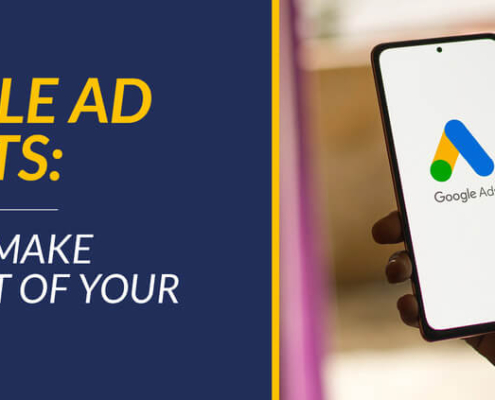
Google Ad Grants: How to Make The Most of Your Free Ads
Imagine having $10,000 each month to get your nonprofit in front…

Create a Winning Nonprofit Marketing Plan in 8 Key Steps
You’ve worked hard to build an organization that fulfills its…

How To Apply for Google Grants: 4 Easy Steps for Approval
Are you looking to drive traffic to your nonprofit’s landing…

How To Promote a Fundraiser: 10 Ideas To Boost Donations
A successful fundraiser doesn’t just happen. It needs strong…